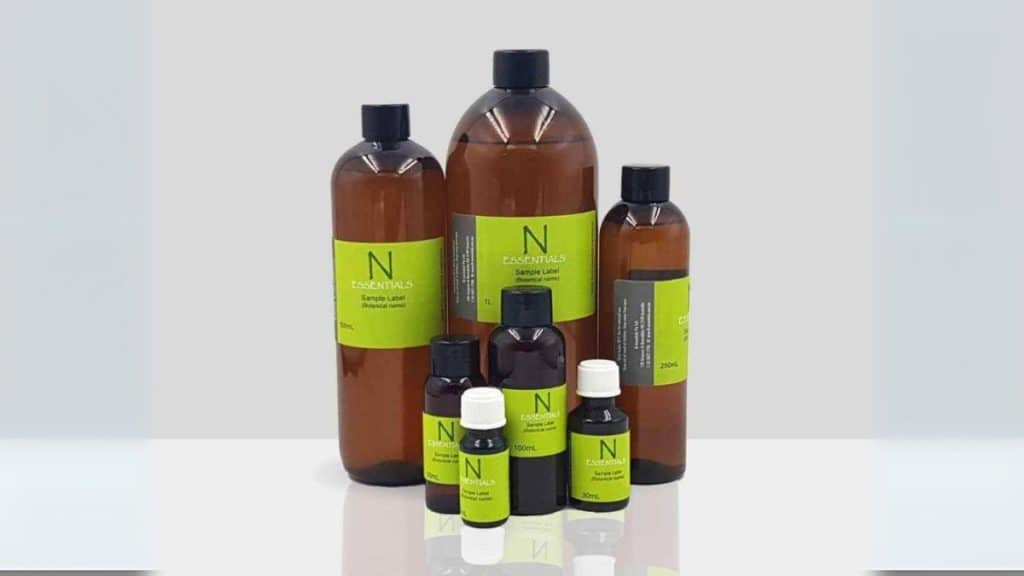The practice of aromatherapy revolves around the therapeutic use of aromatic compounds found in essential oils. These potent extracts can evoke psychological and physical responses that benefit our well-being. However, direct application of concentrated essential oils can sometimes lead to irritation or adverse reactions. This is where Carrier Oils for Mixing Essential Oils become pivotal in safely unlocking the full spectrum of aromatic bliss.
Understanding Carrier Oils
Carrier oils, also known as base oils or vegetable oils, are derived from the fatty portions of plants—usually from the seeds, kernels or the nuts. They are used to dilute essential oils before topical application, as their milder nature can carry the essential oil safely onto the skin, reducing the concentration of the essential oil without diminishing its therapeutic properties.
The Role of Carrier Oils in Aromatherapy
Carrier oils do not just dilute; they also have their own beneficial properties. They can moisturise, provide antioxidants, and offer vitamins and minerals to the skin. Including these oils in aromatherapy practices means enhancing the skin’s surface and health while delivering the essential oils effectively.
Choosing the Right Carrier Oil
Different carrier oils offer different properties and can be selected based on the desired effects. For instance, some carrier oils have a lighter consistency ideal for facial application, while others might be more suited for relieving muscle tension due to their thicker texture.
Common Types of Carrier Oils
There is a plethora of carrier oils available on the market, each with a unique composition and benefits. Oils such as jojoba, coconut, and olive oil are popular choices amongst aromatherapy enthusiasts. However, for a versatile and nourishing option, Sweet Almond Carrier Oil stands out due to its light texture and hypoallergenic properties.
Benefits of Sweet Almond Carrier Oil
Sweet Almond Oil is praised for its rich vitamin E content and its gentle nature, making it suitable for sensitive skin. It’s an effective emollient, easing skin irritation and keeping it hydrated. When paired with essential oils, it aids in better absorption and extends the shelf-life of the blend.
Integrating Carrier Oils into Your Aromatherapy Routine
Incorporating carrier oils into your aromatherapy routine requires knowing the correct dilution ratios, which is typically a small percentage of essential oil to carrier oil. For example, adding just a few drops of your chosen essential oil to a teaspoon of carrier oil could be sufficient for a single-use application.
Application Techniques with Carrier Oils
Carrier oils can be used for massage, in baths, or as part of a skincare regimen. During massage, the carrier oil allows for smooth movements across the skin while transporting the essential oils into the body. In baths, they can be combined with salts for a detoxifying and moisturising soak.
Safe Practices with Carrier and Essential Oils
While carrier oils reduce the potential for irritation, it is essential to conduct a patch test before using a new oil blend, especially for those with sensitive skin. This precaution ensures that no adverse reactions occur, safeguarding the user’s experience of aromatherapy.
Storing Your Oils
Correct storage of carrier and essential oils is crucial to maintaining their efficacy. Oils should be kept in a cool, dark place to prevent oxidation, which can degrade their quality over time. Dark glass containers are often recommended to limit light exposure.
Customising Aromatherapy Blends
An exciting aspect of using carrier oils is the ability to customise blends. By understanding the properties of various carrier and essential oils, one can tailor formulations to address specific issues or preferences, creating personalised therapeutic remedies.
Evaluating Quality
In purchasing carrier oils, it’s important to look for pure, cold-pressed options which retain more of their natural properties. Quality products will also have clear labeling indicating their botanical name and extraction method, ensuring you’re obtaining a genuine product.
Harmonising Essential and Carrier Oils
The synergy between essential oils and carrier oils is fundamental in aromatherapy. Selecting the correct combination can enhance the healing process and overall experience. For instance, matching a relaxing lavender essential oil with a skin-soothing carrier like Sweet Almond Oil can create a calming, nourishing blend.
Environmental and Ethical Considerations
Today, it’s not only about the end benefits of the carrier oils but also where they come from. Ethically sourced and environmentally friendly options are becoming increasingly important to consumers who are conscientious about the impact of their purchases.
Exploring Carrier Oil Varieties
The world of carrier oils is diverse and rich with potential. Exploring different oil varieties can be an enjoyable part of one’s journey into deeper wellness and a more profound aromatherapy practice.
Conclusion
The melding of essential oils with carrier oils like Sweet Almond Carrier Oil is a delicate art that enhances the efficacy and safety of aromatherapy. Whether new to the world of aromatic treatments or a seasoned practitioner, the understanding and use of carrier oils will undoubtedly elevate the holistic health experience to a state of blissful harmony.
